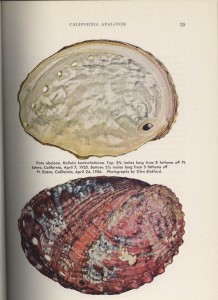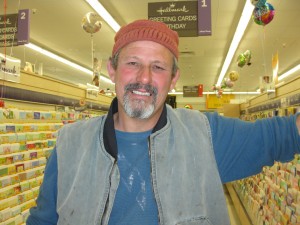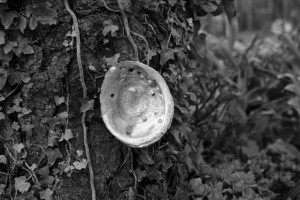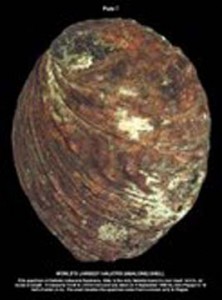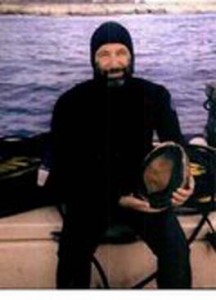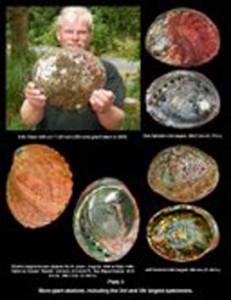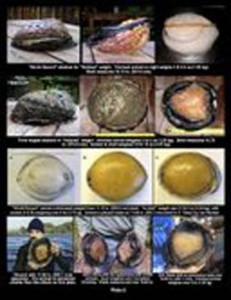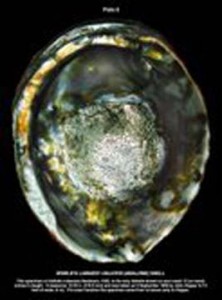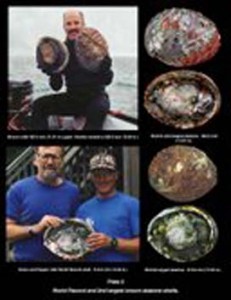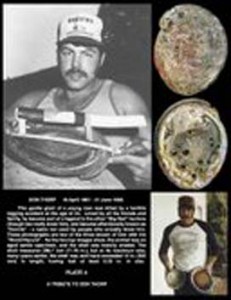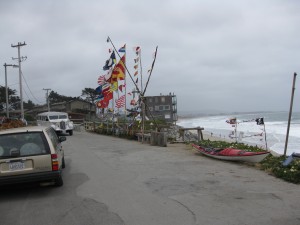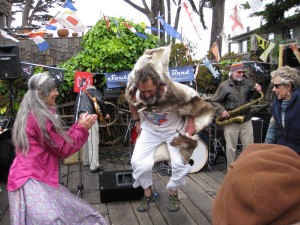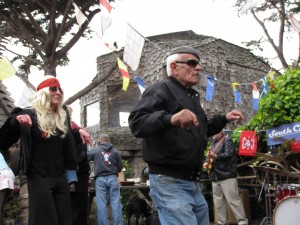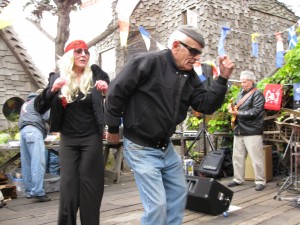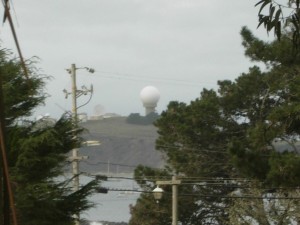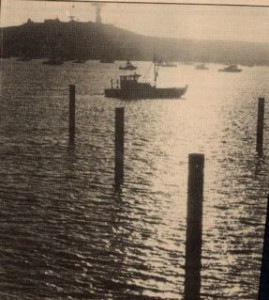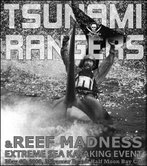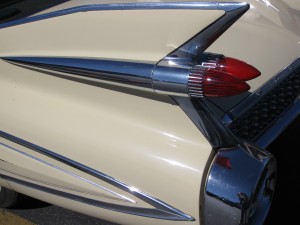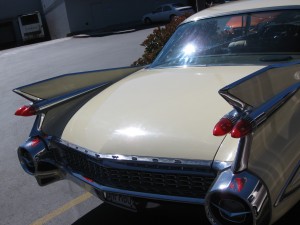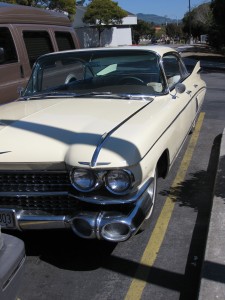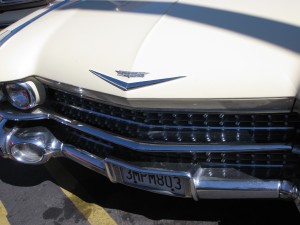Famous developer Henry Doelger had much to do with plans to transform Princeton-by-the-Sea, Moss Beach and Montara in the 1960s. You can find some HMB Review articles related to Doelger on this blog.
Here’s a piece I wrote about Henry Doelger in 1999.
By June Morrall
Westlake made Henry Doelger’s reputation as a master Northern California developer. He seemed unstoppable, but critics took sharp aim at his usually monotonous boxy houses, and when he set his sights on the pristine San Mateo County Coastside in the 1960s, a storm of opposition awaited him.
Henry Doelger was born in behind a downtown San Francisco bakery in 1896. His formal education ended in grammar school, and he often quipped that he’d “flunk a fifth grade arithmetic test,” but the spunky youth possessed enough entrepreneurial spirit to open a hot dog stand, squirreling away every nickel he earned.
His first investment opportunity appeared in 1922 when Doelger looked at San Francisco’s undeveloped Sunset District and purchased a scruffy lot for $1,100. Two months later, he sold it, doubling his money.
Emboldened by the transaction, and ignoring the advice of those who said he shouldn’t build houses on the windswept dunes. Doelger purchased another 14 building lots in the Sunset District.
He eventually built 28000 homes, transforming the sandy terrain into “neat blocks of stucco homes.”
During WWII, Doelger further perfected his system of building uniform mass-produced structures, erecting 3,000 housing units for defense workers in South San Francisco, and other parts of the Bay Area.
At the close of the war, once again against the advice of others, he purchased 350 acres of coast range land in the northwestern part of Daly City, formerly home to hog and cabbage farmers.
Over the next two decades, Doelger completed his huge planned community called “Westlake,” consisting of some 9,000 homes, 3,000 apartments, community centers and—within walking distance–a major shoping center and a soon-to-be-very-popular restaurant called “Joe’s.”
With prices starting at $11, 964, Doelger’s homes were affordable for first-time buyers with the help of post-war, low-interest, government-guaranteed loans.
A special feature of the subdivision homes was the use of redwood in construction, including the sub-flooring, exterior siding and many interior walls.
Doelger heralded the Westlake subdivision as a “great contribution to community advancement,” while others derisively dubbed it “the White Cliffs of Doelger.”
The Doelgers–Henry, his wife, Thelma and their two children–resided at Westlake in a sumptuous home featuring a 20-foot swimming pool in the living room. Sharing the living quarters were assorted pets, including a blind pigeon, two dogs, a rabbit, two monkeys and three cats.
Part of each year the Doelgers vacationed at their Sonoma ranch. For the annual trek north, Thelma packed the menagerie of animals into a truck. Accomplished in her own right, Thelma was an avid painter who once exhibited her portraits and still life at the de Young Museum in Golden Gate Park.
By the 1960s, Doelger knew the bayside was fast running out of flat land useable for large-scale subdivisions, the raw material he required for his signature developments.
Anticipating this day, he had purchased 8,000 acres on the Coastside, stretching from Montara to Half Moon Bay. In Doelger’s mind the Coastside’s open land was a perfect setting for what he called his “New Community on the San Mateo Coastside.”
The Coastside project consumed Doelger, and to devote more time to it, he decided to divest himself of the Westlake Shopping Center, reportedly selling it for about $10 million.
Local legend has it that Henry Doelger invited his good friend, the president of the Bank of America, to the top of Montara Mountain. As the powerful pair scanned the rugged coastline, Doelger pointed and boldly announced: “Here is my new city.”
Coastsiders reacted swiftly to Doelger’s proposal for 13 planned neighborhoods, each with its own school, and a subdivision scheduled for Princeton called the “Tahitian Village,” to be modeled after Mission Bay in San Diego.
Many new residents, environmentalists, had moved to the Coastside for its open space and beauty. Painfully aware of Doelger’s visually monotonous subdivisions, they feared what he had in mind for the Coastside.
At contentious meetings organized by the San Mateo County Planning Department, residents voiced their fears, peppering Doelger’s representatives with questions about subdivisions with houses that looked alike, high-rise apartments blocking ocean views, ridge-line development, and a lack of water for the massive project.
Doelger’s people did their best to assure residents that the project would not resemble Westlake, explaining that they were projecting a cross-section of consumers, adding that future market conditions would dictate the time span over which the homes and schools would be built.
The Coastside locals were unmoved and the meetings dragged on. Perhaps worn out by the opposition, Henry Doelger decided to “ease up” on his Coastside project., turning the 8,000 acres over to the Westinghouse Electric Corp., and developers Jim and Bill Deane, who had won acclaim for their large Lake Forest subdivision in Orange County.
As he sold his real estate interests, Doelger said he wanted to devote more time to cruising the Mediterranean about his 140-foot yacht, the “Westlake II.”
In 1978, while touring Italy, 82-year-old Henry Doelger, once one of Northern California’s biggest building contractors, passed away.

